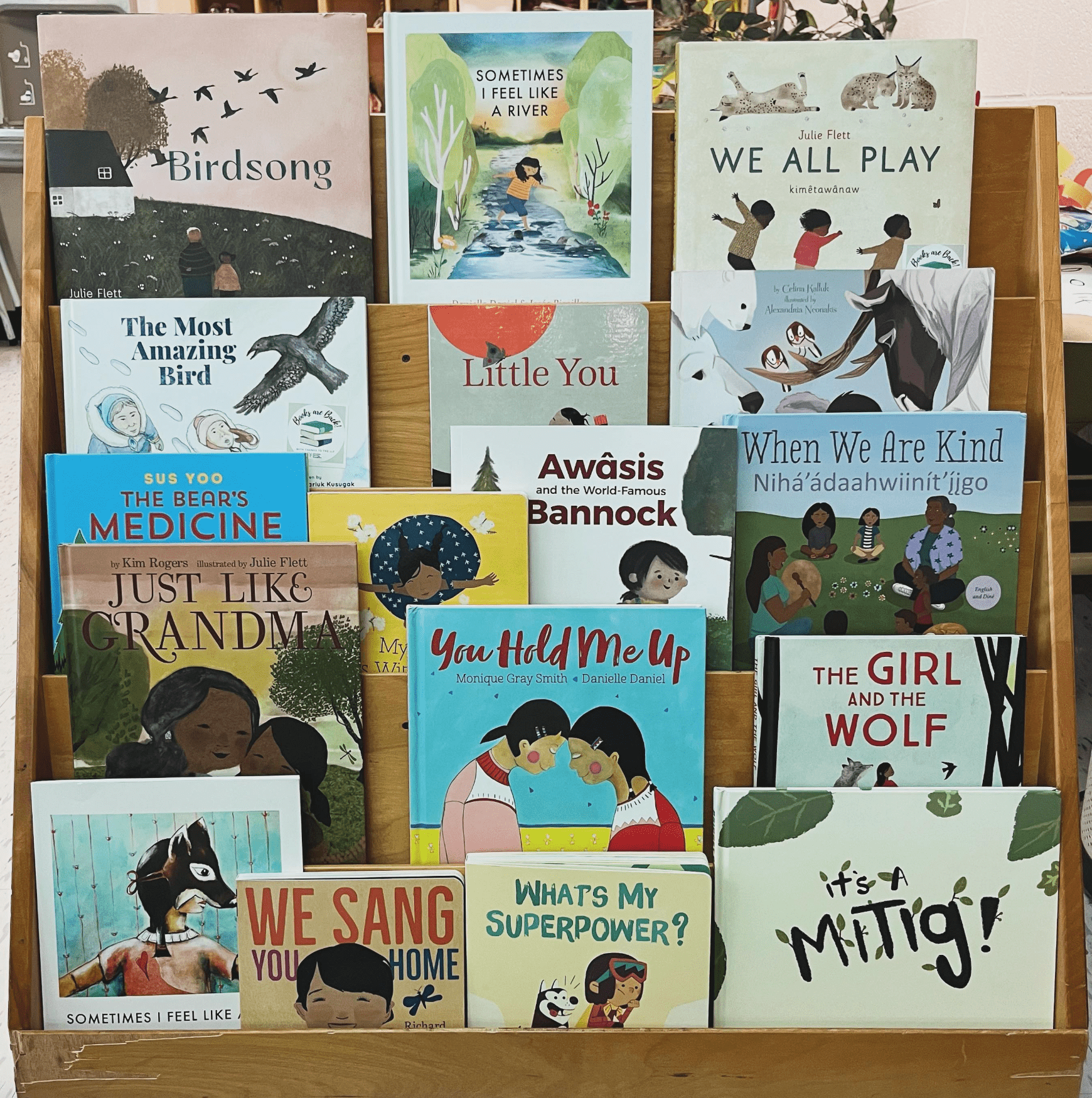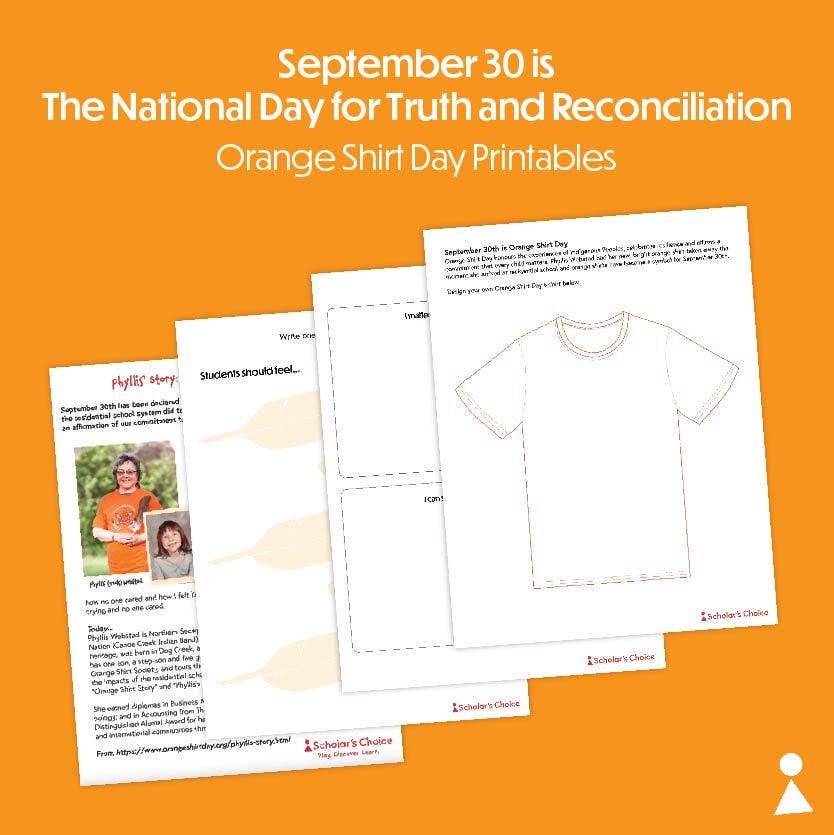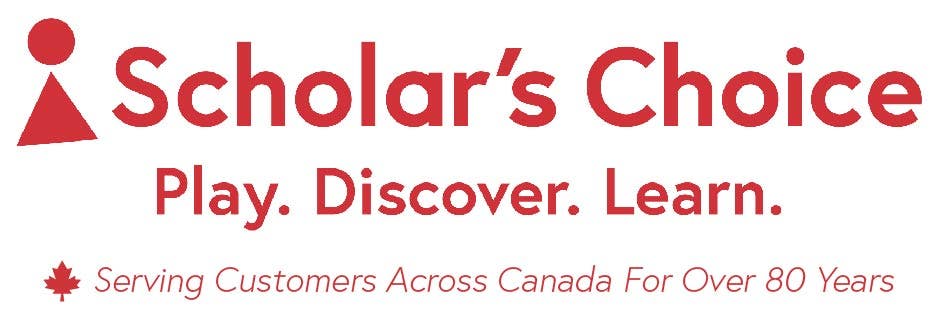

Understanding the National Day for Truth and Reconciliation in Canada: A Guide for Parents and Educators
The National Day for Truth and Reconciliation, observed annually on September 30th in Canada, is a day dedicated to honoring the survivors of residential schools, their families, and their communities. It is a day to reflect on the painful history and ongoing impacts of Canada's residential school system on Indigenous Peoples, while also emphasizing the importance of truth, reconciliation, and the need for continued learning and dialogue.
What is the National Day for Truth and Reconciliation?
This day is part of a broader movement towards acknowledging the historical and present injustices faced by Indigenous communities in Canada. It serves as a reminder of the need to confront the past, listen to the stories of survivors, and commit to a future based on respect and mutual understanding. The day also coincides with Orange Shirt Day, a movement that began in 2013 to honor the children who were taken from their families and placed in residential schools, symbolizing that "Every Child Matters."
We have an entire collection of printable crafts & activities for Lunar New Year here
Why Do We Observe the National Day for Truth and Reconciliation?
Observing this day is crucial for several reasons:
-
Acknowledgement of History: It is a time to learn and acknowledge the history of residential schools and their devastating impact on Indigenous children, families, and communities. Between the 1880s and 1996, over 150,000 Indigenous children were taken from their families and placed in these institutions, where many suffered abuse and neglect.
-
Promoting Healing and Reconciliation: By acknowledging the truth of what happened, we can take steps towards healing and reconciliation. This day serves as a catalyst for conversations about how we can build a more inclusive and respectful society.
-
Education and Awareness: It is an opportunity to educate children and the broader community about Indigenous cultures, histories, and perspectives, fostering a deeper understanding and respect for diversity and inclusion.






Age-Appropriate Ways to Teach Children About Truth and Reconciliation
Teaching children about the National Day for Truth and Reconciliation can be challenging, but it is essential to approach the topic with sensitivity and respect. Here are some age-appropriate ways to introduce these concepts:
Early Childhood (Ages 3-5)
- Storytelling: Use picture books by Indigenous authors that highlight themes of friendship, community, and the importance of listening to each other’s stories.
- Art and Crafts: Engage children in creating orange shirts or other crafts that symbolize the importance of every child. This can be a gentle introduction to the concept of respect and caring for one another.
Elementary (Ages 6-12)
- Interactive Learning: Use age-appropriate educational videos and activities that explain the significance of Orange Shirt Day and the experiences of residential school survivors.
- Classroom Discussions: Encourage discussions about fairness, kindness, and respect for all cultures. Use these conversations to introduce the concept of reconciliation as a way to make things right.
Middle School (Ages 13+)
- Deeper Conversations: Introduce more detailed historical information about residential schools and their impact. Encourage students to think critically about the importance of truth and reconciliation in their own lives and communities.
- Research Projects: Assign projects where students can learn more about Indigenous cultures, languages, and contemporary issues, promoting an understanding of the rich diversity of Indigenous Peoples.
How to Observe the Day with Your Students and Community
-
Wear Orange: Encourage students and staff to wear orange shirts on September 30th to show solidarity and support for residential school survivors and their families.
-
Host a Circle Discussion: Create a safe space for students to share their thoughts and feelings about what they have learned. Use this time to listen and validate their understanding and reflections.
-
Participate in Community Events: Join local events, such as walks, cultural celebrations, or educational workshops, that are organized to commemorate the day.
-
Support Indigenous-Led Organizations: Educate students on the importance of supporting organizations that work towards the well-being of Indigenous communities. Consider fundraising or donating to these causes as a classroom or school.
-
Incorporate Indigenous Perspectives in Learning: Make a commitment to include Indigenous perspectives in your curriculum throughout the year. Use resources created by Indigenous educators and authors to provide authentic and respectful learning experiences.




You can download printable activities to open these conversations and support your learning about the National Day for Truth & Reconciliation and Orange Shirt Day for free here
Moving Forward with Truth and Reconciliation
The National Day for Truth and Reconciliation is not just about a single day of remembrance; it is about fostering a year-round commitment to understanding and action. For parents and educators, it means making space for Indigenous voices, challenging stereotypes, and creating learning environments that are inclusive and respectful of all cultures.
By observing this day with thoughtfulness and intention, we contribute to a more compassionate and informed society. It is through education, dialogue, and a shared commitment to justice and reconciliation that we can build a future where all children are respected, valued, and able to thrive.
Make sure to tag us on social media if you try any of our ideas and follow us for more play based learning activites, process art and craft ideas on social media @ScholarsChoice on Facebook, Instagram and Pinterest

